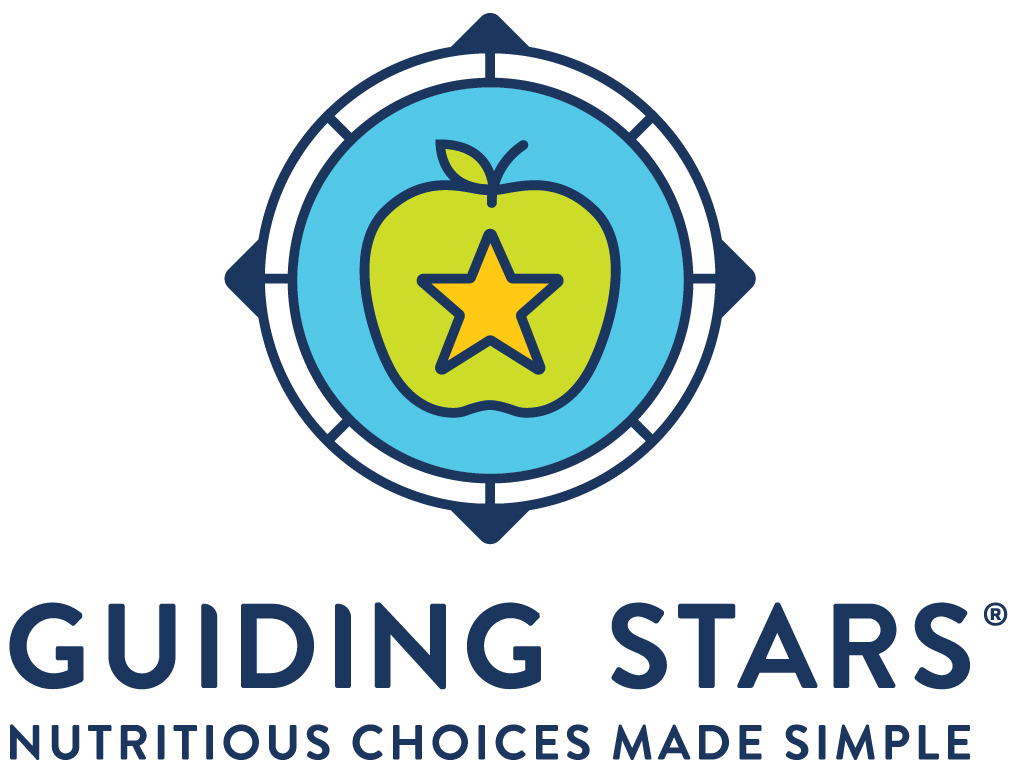Guiding Stars: Can AI Food Tracking Apps Really Help You Eat Better?
Originally published on Guiding Stars Health & Nutrition News
I’ve covered a few angles of the food tracking story over the past few years. I use a food tracking app myself (on and off, not constantly), and I believe they can be helpful, but only for those people who want to use them. They definitely aren’t for everyone—especially if you are someone who can easily become obsessed with tracking data. But now we have a new crop of food tracking apps available, and artificial intelligence (AI) powers them. Does that mean they’ll be better at helping you improve your eating habits and health? Let’s take a look.
AI Food Trackers vs. Traditional Tracking Apps
Traditional calorie tracking apps usually require a lot of tedious manual entry work. You have to search a big database for the correct food and brand (and hopefully choose the most accurate listing). Then you have to specify how much you ate, and then repeat that throughout the day without forgetting anything that passed your lips. Many apps now offer barcode scanning, which makes things easier and saves time. And now AI has come along with the next big step in food tracking.
AI trackers eliminate much of the manual entry work because they use photo recognition. You simply snap a picture of what you ate (or verbally describe what you ate), then add any relevant information (like you cooked the chicken with olive oil or used yogurt-based dressing on the salad), and the app does the rest. Within a few seconds, you’ll see estimated data on what you ate, including total calories and the macronutrient breakdown. The AI apps generally allow for manual entry of foods or barcode scanning too. So if you’re familiar with traditional food tracking apps, you have some overlap of skills. Some AI trackers also connect with Apple Health, providing a one-stop place to track your physical activity and food.
Downsides to AI Food Tracking Apps
Like any new technology (and especially with new AI-powered tech), there are some cons to consider with AI food trackers like SnapCalorie and CalAI. Here are the biggest ones:
- Inaccuracy: While the apps never claim to be 100% accurate, the truth is that they are woefully inaccurate. The more people use them, the better AI will become over time. But you’re taking two-dimensional photos of three-dimensional food and expecting AI to pick up on things it cannot see. That’s not going to be as accurate as using measuring cups and a food scale and entering the information yourself.
- It Still Takes Time: We can add AI food tracking to the long list of things that aren’t as simple as they seem. Depending on the app, you may find yourself doing more than snapping pics. You’ll need to edit for ingredients that the app doesn’t know, and perhaps correct the amounts of certain ingredients. This is because the app isn’t great at differentiating between ¼ cup and ¾ cup of tuna fish on a plate, for example. By the time that’s done, you may have defeated the purpose of taking the quick pic in the first place.
- May Perpetuate Preoccupation With Calories: It’s not surprising that many people who are interested in AI food tracking are also interested in fat loss or weight management. Unfortunately, none of the AI apps are good substitutes for consulting with a registered dietitian. The apps frequently set calorie targets too low or the rate of weight loss too fast. And calorie-counting apps aren’t known for their nutrition nuance. So they may not send up red flags about your food intake when you need them. If you’re someone who might become obsessed with food tracking in general, or if you have an eating disorder, it may be best to avoid food tracking apps.
What Health Benefits Might AI Food Tracking Offer?
Keeping tabs on caloric intake is the main function of these apps, but that’s not all they do. In fact, given the potential for caloric inaccuracy, you might be interested in image-based food trackers for other reasons. While the field is still young and growing rapidly, current AI apps provide benefits including:
- Prompts for more balanced, complete meals at regular intervals
- Recipe ideas tailored to health goals or needs
- Help shopping for healthy foods (don’t forget the Guiding Stars Food Finder app can help you find healthy foods too, for free)
- Flags for potential health issues with meals you’ve logged (low in fiber, high in sodium, etc.)
- Support for more intuitive eating (the Intuitive Eating Buddy app, for example)
- Guidance with mealtime mindfulness exercises and prompts
- Increased awareness of food intake overall and habitual eating (the AteMate app, for example)
- Support for meal planning
Guiding Stars is an objective, evidence-based, nutrition guidance program that evaluates foods and beverages to make nutritious choices simple. Products that meet transparent nutrition criteria earn a 1, 2, or 3 star rating for good, better, and best nutrition. Guiding Stars can be found in more than 2,000 grocery stores and through the Guiding Stars Food Finder app.
*Image by Freepik

